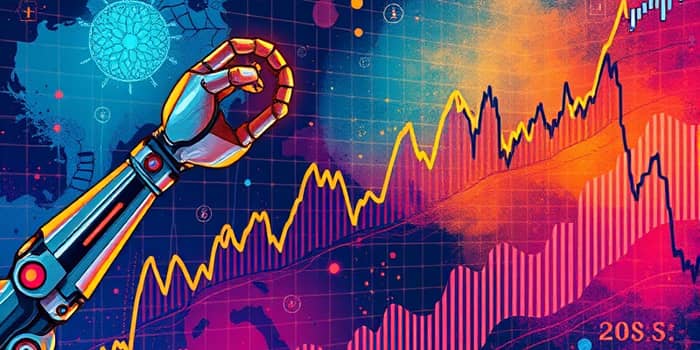
The intersection of artificial intelligence and automation is reshaping the global technology landscape, empowering businesses and driving unprecedented market growth. From boardrooms to factory floors, organizations are harnessing intelligent systems to reinvent processes and unleash new value.
As demand for AI-powered solutions accelerates, key market figures highlight the scale of this revolution. The global AI market size is projected at $638.23 billion in 2025, with forecasts predicting a surge to $3.68 trillion by 2034 at a 19.20% CAGR. The U.S. segment alone is set to expand from $146.09 billion in 2024 to $851.46 billion by 2034, powered by government policies and enterprise adoption.
Industrial automation is following suit. The industrial automation and control systems market will reach nearly $227 billion in 2025, climbing to $379 billion by 2030 at a 10.8% CAGR. Meanwhile, AI in industrial automation is valued at $20.2 billion today and is forecasted to hit $111.8 billion by 2034.
Innovation in AI and automation continues to accelerate, unlocking new capabilities across industries. Companies are blending technologies to maximize efficiency and foster creativity.
The tech sector leads this wave, but ripple effects span manufacturing, healthcare, finance, retail, and telecom.
In manufacturing, AI-driven predictive maintenance and autonomous production lines are creating smarter factories with optimized processes, reducing downtime and costs. Healthcare providers are deploying AI for precision diagnostics, personalized treatment plans, and robotic surgery systems that minimize human error.
Financial institutions leverage AI to bolster fraud detection, risk management, and personalized customer engagement, while retailers optimize supply chains and inventory through intelligent demand forecasting. Telecom operators adopt hybrid AI approaches to strengthen networks and streamline service delivery.
Regional dynamics play a critical role in shaping AI and automation leadership. North America dominates R&D investment, with tech giants headquartered across Silicon Valley and the East Coast. Government incentives and robust infrastructure fuel rapid adoption.
Asia-Pacific, led by China and South Korea, captures nearly 39% of the industrial automation revenue in 2024, backed by national AI strategies and substantial capital investments. Global competition intensifies as semiconductor manufacturers, cloud providers, software innovators, and system integrators form alliances to deliver end-to-end enterprise solutions.
The broader economic impact of AI and automation is profound. PricewaterhouseCoopers estimates AI could add up to $15.7 trillion to global GDP by 2030, representing a 14% boost. China and North America are poised to capture the lion’s share, investing heavily in talent and infrastructure.
Enterprises that invest in high-quality data, robust digital platforms, and standardized processes will realize superior ROI, faster time to market, and enhanced market positioning. By automating repetitive tasks, organizations free up human capital for strategic roles in analytics, design, and innovation.
Despite these opportunities, roadblocks remain. Power and semiconductor shortages pose supply chain challenges, while regulatory uncertainty—such as export controls—can stall global deployments.
As AI systems become more autonomous, concerns around transparency, algorithmic bias, and data privacy demand stronger governance frameworks. Building trust requires ethical guidelines, rigorous validation protocols, and ongoing stakeholder engagement.
Looking to the future, successful organizations will embrace a holistic strategy: invest in scalable AI architectures, cultivate a culture of continuous learning, and establish clear governance policies. Collaboration between industry, academia, and regulators will be essential to mitigate risks and accelerate innovation.
By aligning technological advances with human ingenuity, the tech sector can sustain its leadership, fostering a new era of growth, resilience, and opportunity for businesses and societies worldwide.
References













